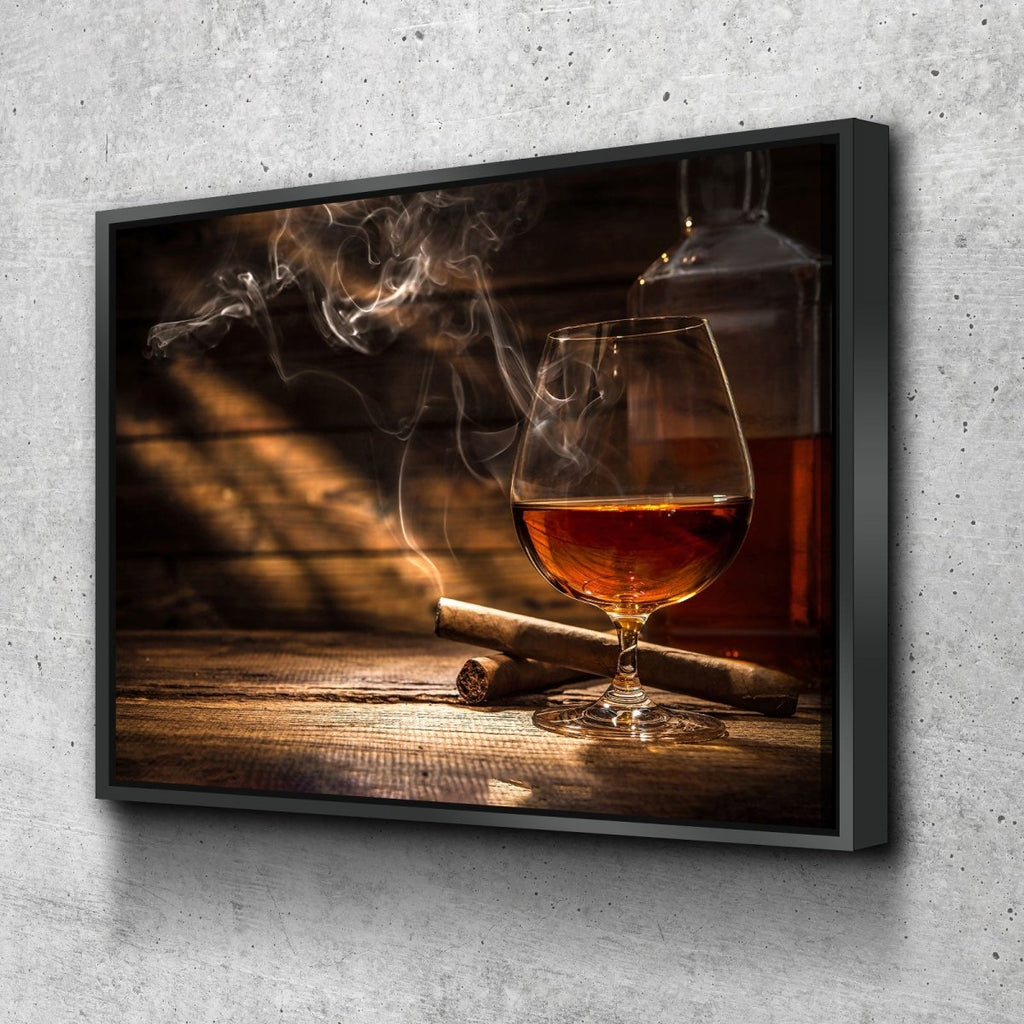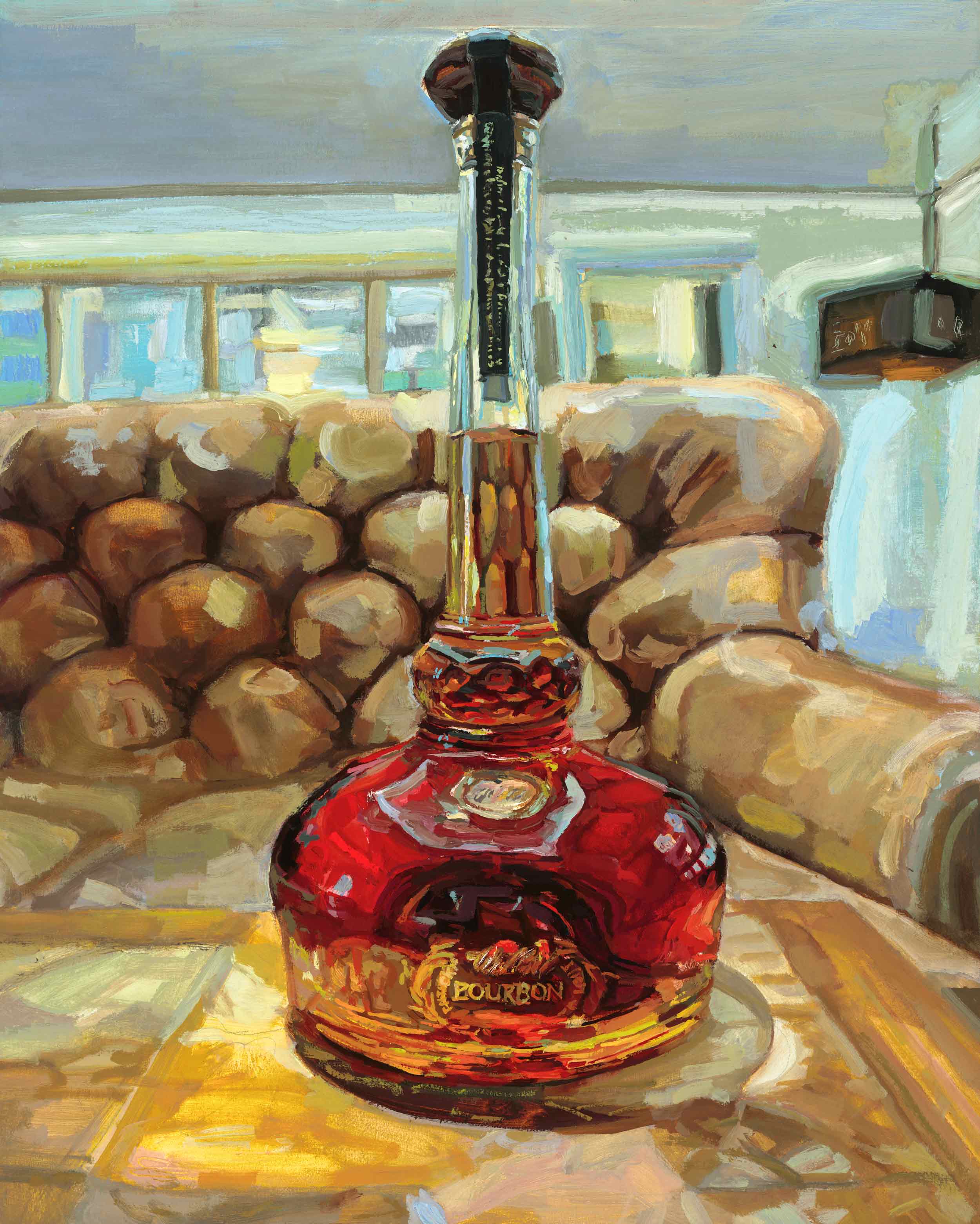Change Your Room with Spectacular Whiskey Art Inspired by Nature
Wiki Article
The Value of Whiskey Art in Celebrating Heritage and Craftsmanship in the Beverage Sector
The intricate relationship between bourbon art and the event of heritage and craftsmanship within the drink industry can not be overemphasized. With attentively made labels and bottles, scotch brands envelop their historic origins and the artisanal abilities that specify their manufacturing techniques.The Historical Roots of Whiskey
At the heart of scotch's appeal lies an abundant tapestry of historic origins that map back to old civilizations. The beginnings of whiskey can be connected to the purification techniques of the Sumerians and Babylonians around 2000 BCE, where early forms of fermented grain drinks began to arise. It was in the Middle Ages that the art of purification progressed considerably, particularly in Ireland and Scotland, leading to the production of bourbon as we recognize it today.
The term "scotch" itself originates from the Gaelic word "uisce beatha," suggesting "water of life." This phrase highlights the cultural importance of bourbon in Celtic cultures, where it was frequently related to routines, parties, and common bonding. By the 15th century, purification came to be an acknowledged craft within reclusive neighborhoods, leading the way for the facility of lawful distilleries.
As profession routes expanded, scotch's appeal grew, going beyond regional borders and catching the passion of aficionados worldwide. Realism Art. This historical journey reflects not just the craftsmanship behind bourbon production but also its indispensable role in cultural and social contexts, noting it as a substantial drink throughout history
Artistic Expression in Branding
Whiskey branding stands as a compelling intersection of virtuosity and business, where visual identification plays a critical role in forming customer perception. The looks of bourbon labels, packaging, and marketing materials mirror not only the brand name's story however also its core values and heritage. With imaginative expression, distilleries communicate a narrative that resonates with consumers, stimulating feelings and sparking links.Making use of shade, typography, and imagery in branding offers to set apart items in a saturated market. Conventional motifs may evoke a sense of authenticity and craftsmanship, while modern-day layouts can signify innovation and forward-thinking. This critical creative instructions boosts brand name recognition and loyalty, permitting consumers to build an individual partnership with the bourbon they choose.
Additionally, creative expression in branding typically works as a celebration of local heritage. Distilleries regularly incorporate local symbols or historic recommendations right into their layouts, producing a feeling of place that invites customers to take part in a broader cultural experience. Inevitably, the virtuosity behind bourbon branding not only improves aesthetic charm however additionally improves the general narrative of the brand, cultivating a deeper admiration for the craftsmanship and heritage ingrained in each bottle.
Craftsmanship in Container Style
The virtuosity noticeable in whiskey branding prolongs beyond aesthetic identification to include the craftsmanship associated with container design. Each container works as a vessel not simply for the spirit within, however additionally for the story it outlines its beginning, practice, and high quality. The design procedure calls for thorough attention to detail, as elements such as material, shape, and closure contribute considerably to the overall assumption of the bourbon.Workmanship in container design involves selecting high-grade glass that can improve the whiskey's shade and clarity, while also providing a responsive experience for the customer. The shape of the container have to be both cosmetically attractive and useful, typically mirroring the heritage of the brand name. Lots of distilleries decide for distinct forms or embossed logo designs that evoke a feeling of authenticity and background.
Moreover, the tag style and typography play a critical function in interacting the brand's narrative. Realism Art. A well-crafted bottle not just astounds the consumer's eye however also strengthens the brand name's dedication to quality and custom. By check my site doing this, the craftsmanship of bottle layout comes to be an essential facet of the whiskey experience, combining virtuosity with a profound regard for heritage
Cultural Significance of Bourbon Art
Commemorating custom and workmanship, the cultural relevance of whiskey art goes beyond plain visual appeals, intertwining with the social and historic stories of the regions where it comes from. Each container works as a canvas, portraying the distinct stories, mythology, and customs that have shaped regional whiskey-making practices. The complex designs commonly mirror the heritage of the distillers, integrating icons and motifs that reverberate with the society and values of their neighborhoods.
In enhancement, scotch art plays a vital role in public gatherings and events, serving as a tangible web link in between people and their shared experiences. By valuing the creativity in bourbon product helpful site packaging, consumers grow a deeper understanding and regard for the craft, eventually improving their satisfaction of the beverage itself.
Modern Trends in Bourbon Discussion
In the last few years, the presentation of scotch has actually developed to reflect modern tastes and fads while still honoring conventional craftsmanship - Limited Edition. Distilleries are significantly concentrating on aesthetic components that enhance the total drinking experience, linking the void in between heritage and modernityCutting-edge bottle styles have actually arised, commonly integrating sustainable materials and artistic labels that tell engaging tales. Many brands currently collaborate with regional artists, infusing their products with special visual expressions that reverberate with customers. In addition, limited-edition launches are commonly packaged in collectible containers, adding worth and appeal for aficionados.

Verdict
Finally, scotch art works as a vital avenue for revealing the heritage and workmanship fundamental in the drink market. Through detailed branding, cutting-edge container designs, and culturally considerable creative components, whiskey brands properly recognize their practices and get in touch with consumers. This creative story not only raises the recognition of scotch however also enhances area identification and satisfaction among manufacturers. Inevitably, scotch art plays a vital duty in preserving and commemorating the rich social tapestry of whiskey-making.

Craftsmanship in bottle layout involves selecting high-quality glass that can boost the whiskey's color and quality, while also offering a tactile experience for the consumer. In this way, the craftsmanship of container layout comes to be an essential element of the bourbon experience, combining virtuosity with a profound respect for heritage.
In conclusion, whiskey art offers as a crucial conduit for revealing the heritage and craftsmanship integral in the drink industry.
Report this wiki page